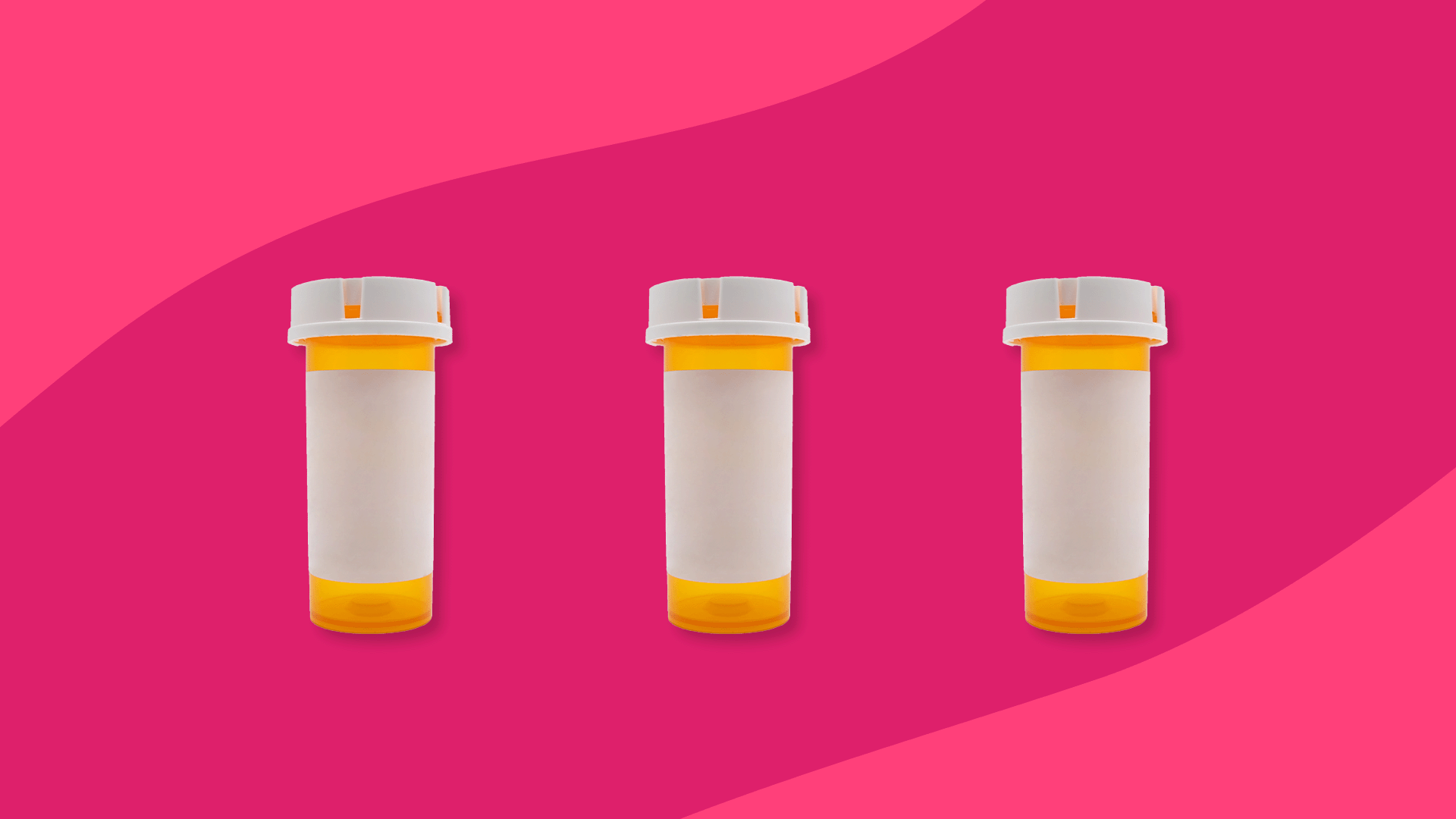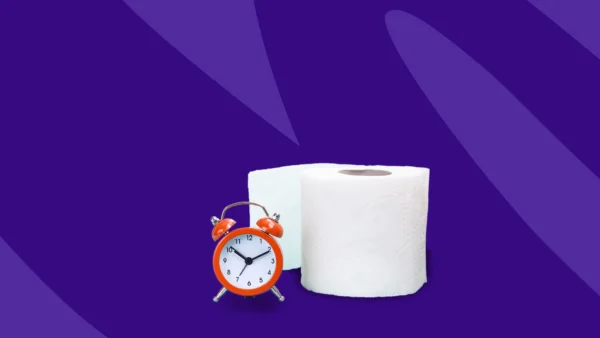Is paroxetine covered by insurance? | How much does paroxetine cost without insurance? | How to get paroxetine without insurance
Paroxetine is a commonly prescribed generic antidepressant. Most people will recognize it by its brand name, Paxil. As a selective serotonin reuptake inhibitor (SSRI), paroxetine helps improve the symptoms of a broad range of mental health conditions: major depressive disorder (MDD), obsessive-compulsive disorder (OCD), post-traumatic stress disorder (PTSD), and premenstrual dysphoric disorder (PMDD). Paroxetine also treats a trio of anxiety disorders: generalized anxiety disorder, social anxiety disorder, and panic disorder. The usual daily dosage is 20 to 60 mg taken as a tablet or oral solution once in the morning. Dosages, however, typically start small—about 10 mg a day—and increase steadily until an effective dose is reached. Paroxetine is a lower-priced, but not inexpensive, generic drug. As a long-term prescription, anyone paying out-of-pocket should take advantage of numerous ways to significantly reduce the cost.
Related: Paxil side effects
Is paroxetine covered by insurance?
As a commonly-prescribed generic drug, Paxil is typically covered by most health insurance plans: commercial health insurance, Medicare, Medicaid, VA, and Tricare.
Since paroxetine is typically grouped into a plan’s lowest drug tier—Tier 1—the copay cost tends to be low. Of course, the out-of-pocket cost with insurance depends on the plan’s specifics, such as copay cost, deductible, coinsurance, and, for Medicare, the current coverage phase.
How much does paroxetine cost without insurance?
If paroxetine is purchased without insurance coverage, expect to pay around $77 for a 30-day supply of 20 mg tablets. The extended-release version, paroxetine ER, will cost even more at about $165 per month. Brand-name Paxil is even more expensive, but uninsured people can ask the pharmacist to substitute it to generic paroxetine.
Uninsured people who have problems paying for a monthly paroxetine prescription could ask the prescribing healthcare provider about less expensive alternatives. There are certainly cheaper SSRIs, but, with the exception of depression, not all are prescribed for the same medical conditions. A healthcare professional may also suggest other types of drugs, such as tricyclic antidepressants for depression, buspirone for anxiety, or benzodiazepines for panic attacks.
Some people may wonder about over-the-counter medications, dietary supplements, or natural remedies. Some of these may help mild depression or worry, but they shouldn’t be substituted for prescription medications if there’s a major psychiatric problem.
Compare paroxetine prices to related drugs |
|||
|---|---|---|---|
| Drug name | Price without insurance for brand-name drug | SingleCare price | Savings options |
| Paxil | $295 per 30, 20 mg tablets | $4 per 30, 20 mg tablets of generic paroxetine | See updated prices |
| Paxil CR | $291 per 30, 25 mg tablets | $24 per 30, 25 mg tablets of generic paroxetine ER | See updated prices |
| Trazodone | $24 per 30, 50 mg tablets for generic trazodone | $0.49 per 30, 50 mg tablets of generic trazodone | See updated prices |
| Celexa
|
$351 per 30, 20 mg tablets | $3 per 30, 20 mg tablets of generic citalopram | See updated prices |
| Prozac | $620 per 30, 20 mg capsules | $3 per 30, 20 mg capsules of generic fluoxetine | See updated prices |
| Zoloft | $475 per 30, 50 mg tablets | $5 per 30, 50 mg tablets of generic sertraline | See updated prices |
| Fluvoxamine | $78 for 30, 100 mg tablets | $11 for 30, 100 mg tablets of generic fluvoxamine | See updated prices |
| Lexapro (escitalopram) | $490 per 30, 10 mg tablets | $5 per 30, 10 mg tablets of generic escitalopram | See updated prices |
Prescription drug prices often change. These are the most accurate medication prices at the time of publishing. The listed price without insurance references the price of brand-name drugs. The listed SingleCare price references the price of generic drugs if available. Click the link under “Savings options” to see updated drug prices.
How to get paroxetine without insurance
Although paroxetine is moderately-priced, buying it every month at full cash price could be a burden. Patient assistance programs might help the people most in need, but there can be strict eligibility requirements. Here are six solutions to getting paroxetine at a low price, starting with a SingleCare discount card.
1. Get a free SingleCare savings card
With a free coupon from SingleCare, paroxetine could cost as little as $4 each month. Typical discount prices can range between $4 and $15, far better than paroxetine’s average retail price of $77.
2. Find the lowest price
Paying the lowest retail price for paroxetine can save up to 80% off the retail price. Check out the SingleCare pharmacy finder to find the best price at your local pharmacy.
3. Find the lowest price for a 90-day supply
For some drugs, prescriptions can be more discounted by filling 90-day prescriptions. Some pharmacies sell paroxetine at a lower per-tablet price when selling 90 days worth of tablets. When comparing prices on generic drugs, always ask for both the 30-day and 90-day prices.
4. Find a less expensive SSRI
Ask the prescribing healthcare provider to recommend other less expensive SSRIs or antidepressants. There may be good medical reasons not to switch, so make sure to consider the prescriber’s best medical advice. SingleCare coupons work for many prescription drugs—browse our prescriptions for other Rx coupons.
5. Find a 340B provider
For people with a low income, various community clinics, health centers, and hospitals can sell prescription medications at discounts. Called 340B providers, these clinics and hospitals can be found by calling local health departments.
6. Enroll in Medicaid
Realistically, the best solution for low-income patients is to enroll in Medicaid. As a government-subsidized health plan, Medicaid will help reduce many of the costs of medical care, not just prescription medications. Talk to a local health official or visit your state’s Medicaid website for additional information, eligibility criteria, and enrollment forms.











